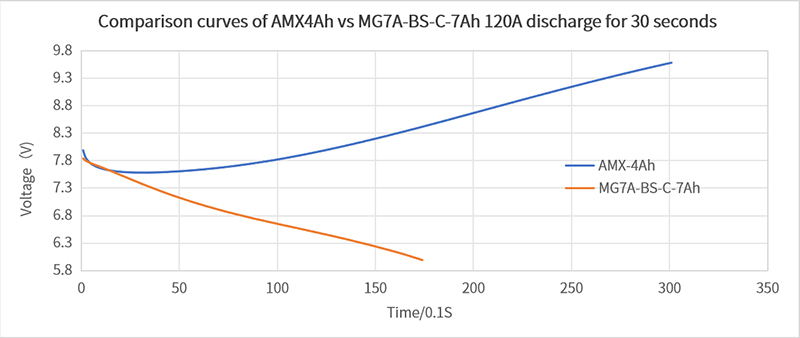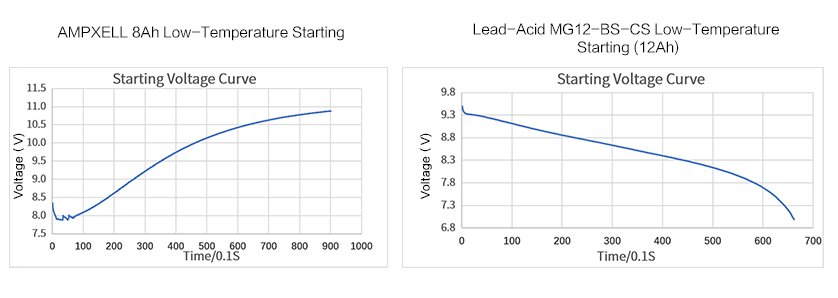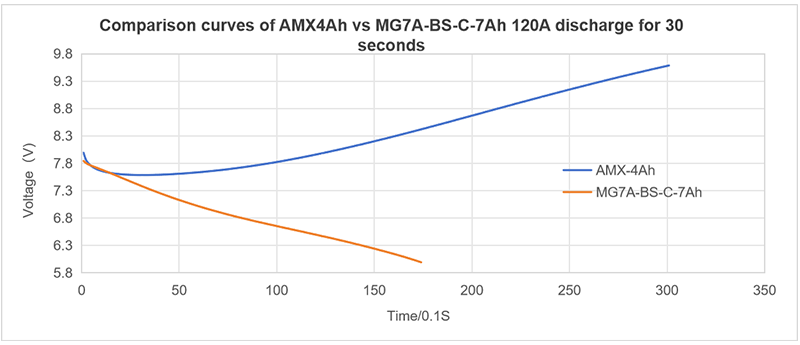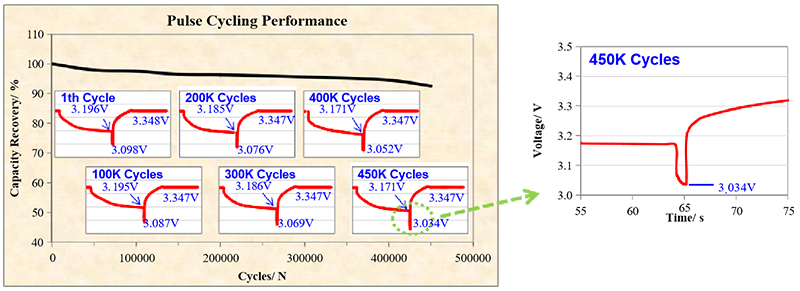LiFePO4 Starter Battery
Patented terminal design
1. Four-Terminal Design
Easily connects to a wide range of vehicle types for flexible installation.
2. Built-in M5 Thread
Embedded M5 thread eliminates the need for nuts, simplifying wiring and improving efficiency.
3. Replaceable High-Current Copper Terminals
Threaded copper terminals provide excellent conductivity, reduce power loss, and deliver stronger starting performance.
Specially developed BMS protection
1. Smart Protection Design
Customized protection parameters based on specific starting conditions ensure all-round battery safety.
2. High Current Capability
Advanced discharge design guarantees reliable engine start with strong CCA performance.
3. Built-in Balancing Function
Internal charge-balancing technology extends battery lifespan and improves overall performance.
Battery Status Indicator
Easily monitor the battery’s charge level and performance at any time.

Expandable Size Design
The battery features an adjustable structure that allows easy size customization with spacers. This design ensures
seamless compatibility with various vehicle models. By slightly increasing the outer casing height, the battery can
flexibly match different specifications while maintaining a lightweight build and perfect fit with the motorcycle.
Waterproof & Fire-Resistant Design
Built with a V0-rated flame-retardant housing and a fully sealed structure, the battery achieves
IP67-level waterproof protection.
Engineered for water resistance (IP65-IP67), fire safety, and vibration resistance, it delivers reliable
performance even in harsh environments.

Product Advantages
1. 5× Better Low-Temperature Performance
2. 10× Stronger Starting Power
3. 5–10 Years of Long Service Life
4. Ultra-Lightweight Design

Product Performance Comparison
1. Starting Performance Test (Low-Temperature CCA)
Test Standard: After fully charging at 1C under normal temperature, the battery is placed at -18°C for 8 hours. Then,
the AMX 4Ah / MG7A-BS-C 7Ah undergoes a 120A, 30-second discharge once. The starting voltage must remain above 7.2V.

Conclusion:
1.The battery passes the test. The AMPXELL 4Ah battery discharged 120A for 30s, with a minimum starting voltage of 7.584V (>7.2V),
meeting the requirement. In comparison, the lead-acid MG7A-BS-C 7Ah discharged 120A for 17s, with a minimum starting voltage
of 5.991V (<7.2V), failing to meet the requirement.
2.The AMPXELL battery demonstrates superior low-temperature starting performance compared to lead-acid batteries.
2.Starting Performance Test (Low-Temperature CCA)
Test Standard: After fully charging at 1C under normal temperature, the battery is placed at -10°C for 10 hours. Then it
undergoes a 160A, 90-second discharge cycle once. The starting voltage must remain above 7V.
Conclusion:
1.The AMPXELL battery passes the test; the lead-acid battery discharged only 66s and the voltage dropped below 7.0V.
2.The minimum starting voltage of the AMPXELL battery is 8.607V, compared to 6.988V for the lead-acid battery.
3.The AMPXELL battery demonstrates better normal-temperature starting performance than the lead-acid battery.
3.Starting Performance Test (Cold Cranking Ability, CA)
Test Standard:
After the battery is fully charged, discharge at 100A for 3 seconds, rest for 5 seconds, and repeat the cycle three times.
The minimum voltage during discharge must remain above 8.0V.
Conclusion
1.The batteries successfully passed the test.
2.The AMPXELL battery achieved a minimum starting voltage of 9.848V, while the TF battery recorded 9.309V.
3.The AMPXELL battery demonstrates superior starting performance at room temperature compared with the TF model.
4.Starting Performance Test (Low-Temperature CCA)
Test Standard: After fully charging at 1C under normal temperature, the battery is placed at -18°C for 8 hours. Then,
the AMX 4Ah / MG7A-BS-C 7Ah undergoes a 120A, 30-second discharge once. The starting voltage must remain above 7.2V.
Conclusion:
1.The battery passes the test. The AMPXELL 4Ah battery discharged 120A for 30s, with a minimum starting voltage of 7.584V (>7.2V), meeting the
requirement. In comparison, the lead-acid MG7A-BS-C 7Ah discharged 120A for 17s, with a minimum starting voltage of 5.991V (<7.2V), failing to
meet the requirement.
2.The AMPXELL battery demonstrates superior low-temperature starting performance compared to lead-acid batteries.
5.Hybrid Pulse Cycle Life Test — Simulated Starting Life up to 450,000 Cycles
Test Method:
① At room temperature, charge at 0.5C constant current and constant voltage to 3.68V, with a cutoff current of 0.05C, then discharge at 1C constant
current to reach 80% SOC.
② Perform 1.5C pulse discharge with a cutoff time of 59s and a cutoff voltage of 3.1V.
③ Perform 7.5C pulse discharge with a cutoff time of 1s and a cutoff voltage of 2.5V.
④ Perform 2.5C pulse charge with a cutoff time of 60s and a cutoff voltage of 3.348V.
⑤ Repeat steps ②–④ for 450,000 cycles.
Test Standard: After fully charging at 3C, rest for 10 minutes, then discharge at 10C until the voltage reaches 10.0V, rest for 15 minutes,
and repeat the cycle for 1000 cycles. The capacity retention after testing must be ≥ 70%.

Conclusion:
The AMPXELL battery successfully passed the test.











